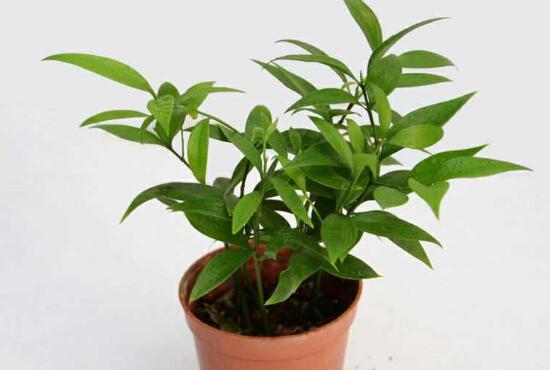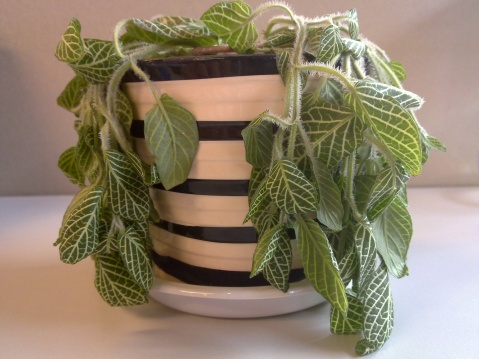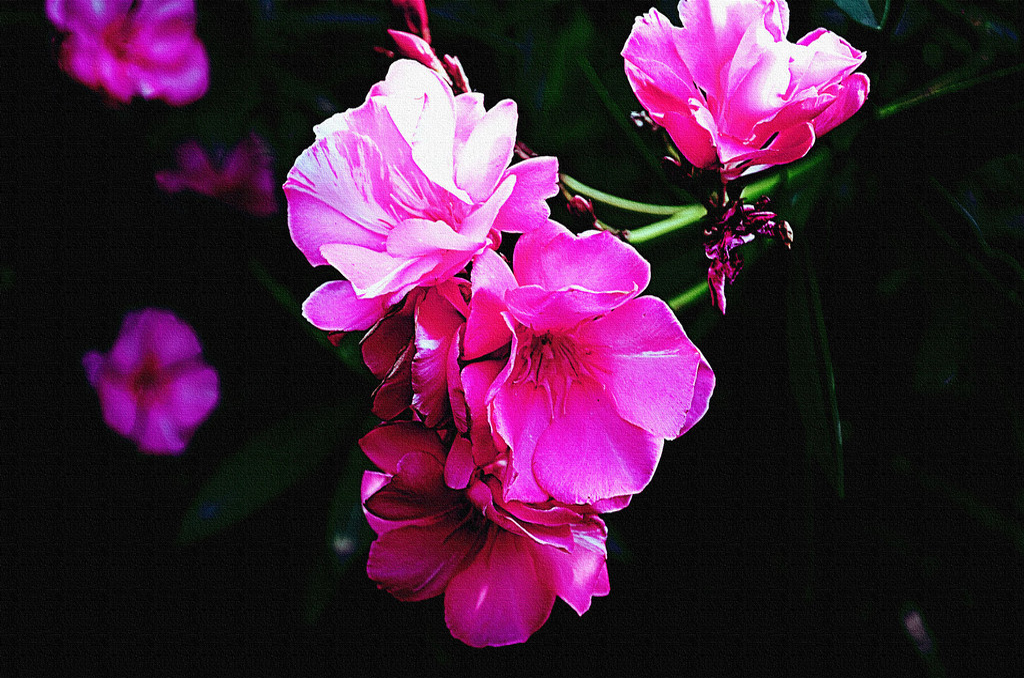Disease and insect Pest Control of Bamboo and Cypress
Insect pests:
Aphids, 3000-5000 times of aldicarb or 1500-2000 times of omethoate
Bamboo and cypress scale, fenitrothion 2000 times, 1605 1500 times
Dipterex, dichlorvos or fenitrothion 1000ml 1500 times or 90% trichlorfon 1500 times

Bamboo and cypress is easy to raise, but it is prone to diseases and insect pests, and great harm, once found, it should be timely prevention and control. Among them, the common diseases and insect pests of bamboo and cypress are black spot, powdery mildew, anthracnose, aphids, scale, leaf miner and so on, which will seriously affect the ornamental of the plant. As for what to do with bamboo and cypress worms, we should determine the diseases and insect pests and control them by spraying.
II. Prevention and control of common diseases and insect pests of bamboo and cypress
1. Aphids
As an ornamental plant, the breeding method of bamboo and cypress is not difficult, but it is not difficult does not mean that it is easy to raise, because there is little improper maintenance, it is vulnerable to aphids. The insect is mainly parasitic on the leaves and absorbs juice, causing the leaves of bamboo and cypress to turn yellow. in serious cases, it can reduce the color of the flowers and wither quickly.
Prevention and control methods: after finding aphids, if the quantity is very small, you can take artificial control of aphids, brush off the aphids with a brush and bury them in the basin soil; when there are many aphids, you can spray 3000-5000 times of aldicarb or 1500-2000 times of omethoate, and the effect is particularly good.
2. Scale insects
Shell insects, almost harmful to indoor potted plants, bamboo and cypress worms, the most common is it. The insect often swarms on branches, leaves and fruits, and inserts mouthparts into the leaves and branches of bamboo and cypress to absorb juice, causing wilting leaves and inducing coal fouling disease.
Control methods: when there are few shell insects, gently brush them with a soft brush or wipe them off with cotton balls; when there are many shell insects, you can choose fenitrothion 2000 times liquid and 1605 times liquid for spraying, spraying every 7-10 days for 2-3 times in a row, which can effectively prevent the damage of shell insects.
3. Leaf miner
When it comes to bamboo and cypress worms, in addition to aphids and shell insects, they may also be leaf moths. The insect mainly eats leaves for a living, light causes bamboo and cypress leaves to break several small holes, and in serious cases, the leaves are shaped like mesh.
Prevention and treatment methods: when the above symptoms are found, dichlorvos or fenitrothion 1000-1500 times or 1500 times of trichlorfon can be sprayed. In order to avoid the occurrence of drug resistance, the drugs are sprayed alternately.
4. Black spot
In addition to growing insects, bamboo and cypresses will also get sick if they are not properly maintained, and the most common disease is black spot. The disease mainly affects leaves, petioles and tender shoots, resulting in dark-brown disease spots on leaves, which is not only harmful to health, but also affects beauty.
Prevention and treatment methods: the disease mostly occurs in June, we should observe more, when the above symptoms are found, timely spray 40% carbendazim 800 times solution or 65% Dysen zinc 400-500 times solution for prevention and treatment.
5. Powdery mildew
Powdery mildew is another disease of bamboo and cypress, which mainly harms leaves, tender stems, flower buds and buds. After suffering from the disease, there will be many white dust-like disease spots on the leaves of bamboo and cypress, which will affect its photosynthesis and even lead to plant death over a long period of time.
Prevention and treatment methods: cut off the seriously diseased plants or seriously diseased parts in time and burn them centrally to reduce the source of the disease; at the initial stage of the disease, 1000-1500 times of carbendazim wettable powder and 75% chlorothalonil solution can be sprayed for prevention and treatment, and the effect is better alternately.
6. Anthrax
In the hot and humid season, especially in the hot and humid plum rain season, excessive application of nitrogen fertilizer, bamboo and cypress are easy to suffer from anthracnose. The disease will cause small brown patches on bamboo and cypress leaves, which will expand into a circle or oval shape, and in severe cases, the whole plant will be damaged.
Control method: after anthracnose is found, 70% thiophanate methyl wettable powder 1000 times solution, or 70% methyl topiramate can be sprayed to control the disease. In addition, in the hot summer, when bamboo and cypress are raised indoors, more windows should be opened for ventilation to reduce indoor air temperature and humidity.
Generally speaking, bamboo and cypress are very powerful and easy to raise, so they are very suitable for keeping indoors. But once it is neglected to manage, it will be targeted by diseases and insects, thus seriously affecting its ornamental. Therefore, for the sake of the health of bamboo and cypress, we must take good care of it. With regard to the prevention and control of diseases and insect pests of bamboo and cypress, the editor has introduced this, hoping to give you some help.
Control techniques of frequent insect pests in Bamboo and Cypress
Because of its strange leaf shape, bamboo and cypress are green all the year round; the trunk is straight, the tree is beautiful, the leaves are thick and shady, and are resistant to diseases and insect pests. But the strong resistance to diseases and insect pests does not mean that bamboo and cypress will not have diseases and insect pests!
The common pests of bamboo and cypress are:
1. Aphids: 3000-5000 times of aldicarb or 1500-2000 times of omethoate
2. Scale: 2000 times of fenitrothion, 1500 times of 1605
3. Leaf miner: dichlorvos or fenitrothion 1000mi 1500 times or 90% trichlorfon 1500 times.
- Prev

What if the reticulate grass wilts?
-the pot of good reticulated grass may suddenly find wilting, and flower friends do not know what to do. In fact, there are three reasons: lack of water, stagnant water, and cold weather, so what if the reticulated grass wilts? Analysis of the reasons for the wilting of reticulated grass: lack of water, because some flower friends are not watered thoroughly, so it leads to water shortage of reticulated grass.
- Next

Which flowers can't be raised at home?
Oleander is a common plant in the south. The flowers of oleander have fragrance. The flowers grow at the top of the branches, and they gather together like open umbrellas. The shape of the oleander peach blossom is like a funnel, the petals overlap each other, there are three kinds of red, yellow and white, among which red is its natural color.
Related
- Fuxing push coffee new agricultural production and marketing class: lack of small-scale processing plants
- Jujube rice field leisure farm deep ploughing Yilan for five years to create a space for organic food and play
- Nongyu Farm-A trial of organic papaya for brave women with advanced technology
- Four points for attention in the prevention and control of diseases and insect pests of edible fungi
- How to add nutrient solution to Edible Fungi
- Is there any good way to control edible fungus mites?
- Open Inoculation Technology of Edible Fungi
- Is there any clever way to use fertilizer for edible fungus in winter?
- What agents are used to kill the pathogens of edible fungi in the mushroom shed?
- Rapid drying of Edible Fungi

